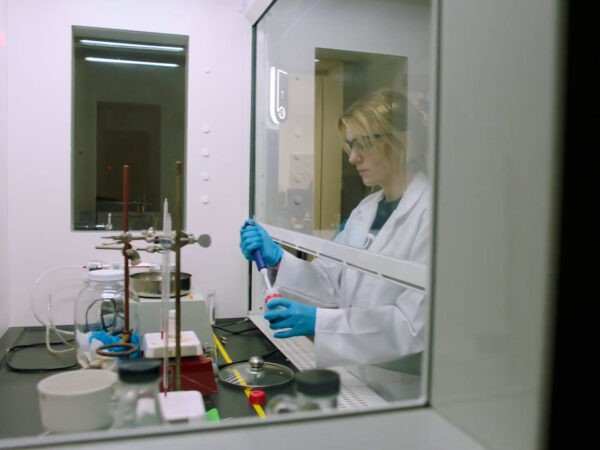As demand for talent in STEM fields continues to grow, there is an opportunity to attract students to pursue a STEM education and career in Indiana – which would help strengthen the state’s economy.
That is why, in 2010, Butler University established the Sciences Expansion and Renovation Project, a three-phase expansion and renovation of the university’s sciences complex to support 21セント century student learning and innovation. With high-tech classrooms, new lab spaces, and collaborative work areas, the university aims to increase enrollment, create new science programs, and meet the growing demand for STEM talent.
The Richard M. Fairbanks Foundation has awarded $13 million to Butler University to support the project since 2013. This work aligns with the Foundation’s focus on bolstering the vitality of Indianapolis through increased STEM talent and honors Dick Fairbanks’ legacy as a trustee at Butler University.



